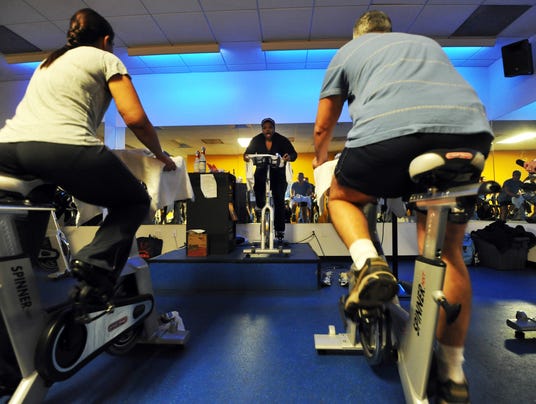 Children born to mothers under 30 are more likely to die than those born to older mums, a report on child deaths in the UK suggests.
Children born to mothers under 30 are more likely to die than those born to older mums, a report on child deaths in the UK suggests.
While overall child mortality fell by 50% in the past 20 years, young maternal age was found to be a risk factor for death in early childhood.
Support should be extended to mothers of all ages, not just first-time teenage mums, the report said.
The research was led by the Institute of Child Health at UCL.
It looked at why children die in the UK using death registration data from January 1980 to December 2010.
It focused on child injuries, birth weight and maternal age to assess the risk factors for child deaths.
The research found that in England, Scotland and Wales, the difference in mortality between children of mothers under 30 and those born to mothers aged 30 to 34 accounted for 11% of all deaths up to nine years old.
This is equivalent to an average of 397 deaths in the UK each year, the report said
Deaths in children born to mothers under 20 accounted for just 3.8% of all child deaths up to nine years old.
The study compared children with similar birth weight in each age category.
‘Alcohol use, smoking and deprivation’
It reported that the biggest difference in deaths was in infants aged from one month to one year.
Among this age group, 22% of deaths in the UK were due to “unexplained causes”, the report said, “Which are strongly associated with maternal alcohol use, smoking and deprivation”.
The report added that the current policy, which focuses support on teenage first-time mothers, was not wide-ranging enough because mothers aged fewer than 30 accounts for 52% of all births in the UK.
Ruth Gilbert, lead researcher and professor of clinical epidemiology at UCL Institute of Child Health, said the findings were important.
“Young maternal age at birth is becoming a marker of social disadvantage as women who have been through higher education and those with career prospects are more likely to postpone pregnancy until their 30s.
“Universal policies are needed to address the disparities.”
Jill Rutter, head of policy and research at the Family and Childcare Trust, said the government needed to do more.
“Disadvantage and maternal age are factors often associated with child deaths. The government has recognized the vulnerability of the children of teenage mothers and given these families extra help with parenting.
“In England the Family Nurse Partnership is an intensive, structured, home-visiting program, which is offered to first-time parents under the age of 20.
“A specially trained nurse visits regularly from early pregnancy until the child is two years old. This project has excellent results, but is not available to older mothers.
“We would like the Family Nurse Partnership to be extended to take older mothers who need help.”
Toll from injuries
The study, commissioned by the Healthcare Quality Improvement Partnership and published by the Royal College of Paediatrics and Child Health, had other key findings.
First, injuries continue to be the biggest cause of death in childhood, but they are declining,
Between 1980 and 2010, injuries accounted for 31% of deaths in one to four-year-olds and 48% of deaths in those aged 15 to 18.
England had consistently lower rates of deaths from injury than the other UK countries, particularly among older boys.
But there was no decline in deaths due to intentional injury or self-harm over 30 years, the report found.
Dr Hilary Cass, president of the royal college, said this was worrying.
“Injuries remain the biggest cause of child deaths but are declining, so we need to continue to build upon public policy interventions such as traffic calming.
“The lack of decline in intentional injuries calls for a concerted focus on reducing violence and self-harm in older children.”
Disabilities and serious diseases
The study also found that up to 70% of children who die in the UK have chronic conditions such as cancer, cystic fibrosis or epilepsy.
This was not necessarily the cause of their death but likely to be an underlying factor in it.
Prof Gilbert said that although the overall number of children dying is falling, the picture was complicated by the increasing number of children now surviving with disabilities and serious diseases, and this meant that proactive care was vital.
“For some children with serious chronic conditions who are expected to die, this means high-quality end-of-life care for the child and to support their families.
“For others, their death may have been premature or completely preventable. Most children with chronic conditions are managed at home by parents with support from primary and community care services as well as hospitals. We need to focus on the quality of long-term care at home for these children as well as in hospital.”
Source:














 Children born to mothers under 30 are more likely to die than those born to older mums, a report on child deaths in the UK suggests.
Children born to mothers under 30 are more likely to die than those born to older mums, a report on child deaths in the UK suggests.

